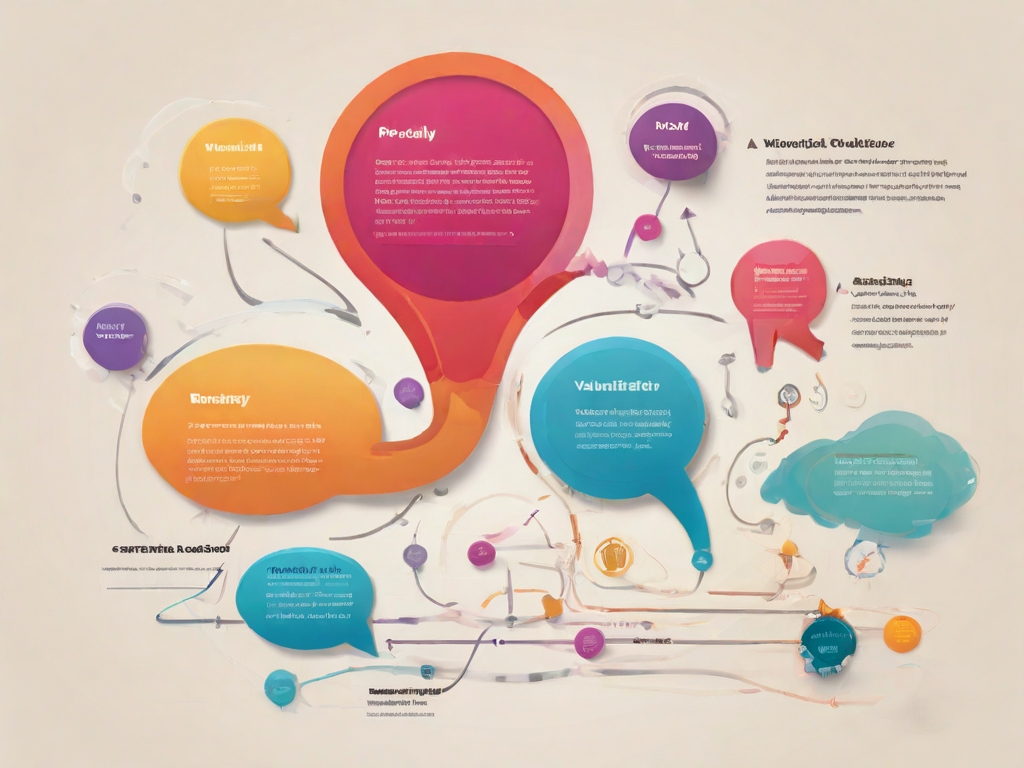In the dynamic landscape of product development, the journey from a simple idea to a successful product is paved with challenges and uncertainties. One of the crucial checkpoints along this path is the process of Product Idea Validation. This article is your guide to understanding, implementing, and mastering the art of validating product ideas – a key element in transforming innovative concepts into impactful solutions.

What is Product Idea Validation
Product Idea Validation is more than just a checkbox in the development process; it’s a strategic and systematic approach to ensuring that your product concept aligns with market needs and user expectations. At its core, it involves confirming the viability, feasibility, and desirability of your idea. By comprehensively evaluating these aspects, you set the stage for a product that not only survives but thrives in the competitive market.
Why is Product Idea Validation Important
The importance of Product Idea Validation cannot be overstated. It serves as a reality check for your innovation, preventing potentially costly mistakes and ensuring that your efforts are directed towards ideas with genuine potential. As the saying goes, “Ideas are cheap; execution is everything.” Validation is the linchpin in effective execution, guiding your team towards ideas that have a genuine chance of making a significant impact.
“In the realm of product development, validation isn’t just a process; it’s the compass that points us towards innovation with purpose.”
How to do Product Idea Validation
Step 1: Define Clear Objectives
Begin by outlining what you aim to achieve through validation. Define success metrics and key performance indicators that will guide the process.
Step 2: Know Your Target Audience
Understand your audience – their needs, pain points, and preferences. Tailor your validation process to resonate with your potential users.
Step 3: Create a Minimum Viable Product (MVP)
Develop a scaled-down version of your product to test core functionalities. This allows for early feedback and iteration.
Step 4: Conduct Surveys and Interviews
Engage with your target audience through surveys and interviews. Collect qualitative and quantitative data to gauge their response to your idea.
Step 5: Analyze and Iterate
Evaluate the data collected during the validation process. Use insights to refine your product idea, making necessary iterations for improvement.
How to Decide Which Idea Validation to Focus On
Step 1: Prioritize Market Relevance
Identify ideas that align most closely with current market trends and demands. Prioritize those that offer solutions to prevalent issues.
Step 2: Assess Feasibility
Consider the resources required for each idea. Focus on those that are not only innovative but also feasible within your team’s capabilities.
Step 3: Evaluate Potential Impact
Quantify the potential impact of each idea. Prioritize those with the greatest potential to create value for your users and generate business success.
What is the Challenge to Do Product Idea Validation
Despite its undeniable benefits, Product Idea Validation comes with its set of challenges.
Challenge 1: Overcoming Biases
Creators can be emotionally attached to their ideas. Overcoming biases and objectively evaluating ideas is a constant challenge.
Challenge 2: Resource Constraints
Conducting thorough validation requires time and resources, which may be limited, especially for startups or small teams.
Challenge 3: Interpreting Feedback
Deciphering user feedback can be complex. Understanding the underlying sentiments and preferences requires a nuanced approach.
How to Use Product Idea Validation to Drive Product Success
Step 1: Streamline Development
Validation streamlines development by focusing efforts on ideas with proven potential, reducing wasted resources on less viable concepts.
Step 2: Enhance User Satisfaction
A validated idea is more likely to meet user expectations, leading to increased satisfaction and loyalty.
Step 3: Facilitate Funding Opportunities
Investors are more inclined to support ideas that have undergone thorough validation, increasing your chances of securing funding.
Example of Product Idea Validation from Real Application
Example 1: Airbnb
Before becoming a global giant, Airbnb started as an idea to rent air mattresses in a living room. By validating the concept through testing and user feedback, it evolved into a revolutionary platform for home-sharing.
Example 2: Dropbox
Dropbox validated its cloud storage concept by releasing a simple explainer video. The overwhelming response allowed them to secure initial funding and develop the product further.
Example 3: Tesla’s Cybertruck
Tesla’s Cybertruck generated immense public interest even before its launch. By leveraging social media and gauging responses, Tesla validated the unique design and features, ensuring a buzz around its release.
Conclusion
Product Idea Validation is the compass that guides product development in the right direction. By embracing the challenges and leveraging the opportunities it presents, you pave the way for a product that not only survives but excels in the market. Remember, innovation coupled with strategic validation is the formula for transformative success.
Call to Action
As you embark on your product development journey, embrace the power of validation. Whether you’re a seasoned entrepreneur or a budding innovator, the process of validating your product ideas is a cornerstone in building products that resonate with users and stand the test of time.
